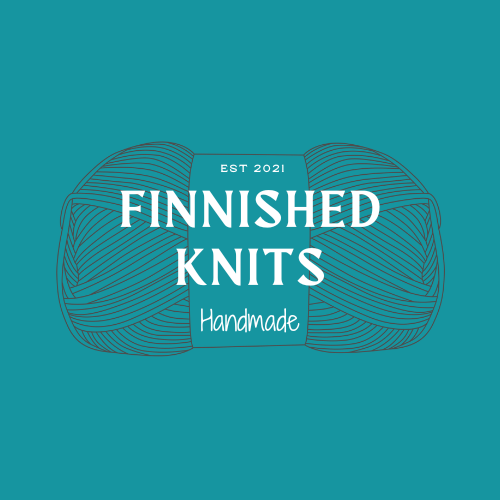Yarn, Yarn, and More Yarn
Share
There are untold numbers of different yarn types out in the world. There are multiple different materials and a wide range of yarn weights (that's how thin or thick the yarn is). And that's before you even think about color.
Let's break this down.
Material
 |
The two overarching categories of yarn material are natural and synthetic fibers. Natural fibers can come from animal sources like wool, alpaca, or silk; or plant sources like cotton, linen, or bamboo. Synthetic fibers are materials like acrylic, nylon, rayon, Kevlar®, etc. Yes, Kevlar® is a fiber! No, I haven't knit with it... yet. |
|
When it comes to yarn types, different materials have different properties and different uses. Wool is well known for being able to hold in warmth even when wet, but some people are allergic to the lanolin found in wool. Acrylic is a manufactured synthetic that can be made in various different textures and is easy to wash but doesn't often breathe as well as natural fibers do. Many yarns blend natural and synthetic fibers to take advantage of the benefits and help buoy the shortcomings of each. For example, the sock yarns I carry are mostly wool but have 25% polyamide. This gives the yarn the moisture-wicking and heat retention properties of wool, as well as adding durability with nylon to a garment that is going to get a lot of wear. |
 |
Weight
 |
The thickness of a yarn type is referred to as its weight. It ranges from the thinnest threadlike lace weight yarn to thick and fluffy jumbo. As you may guess, the thinner the yarn, the more stitches it will take to create a square inch of fabric.
The Craft Yarn Council has a Standard Yarn Weight System, which lists the different weights using a scale of numbers from 0 to 7. Their chart shows the commonly used names for these yarn weights, the recommended needle and hook sizes, and what the gauge should be. I don't necessarily like this way of categorizing the yarn for several reasons:
|
|
Another way of measuring yarn weight is Wraps Per Inch (WPI). This, to me, is a less arbitrary measurement: The yarn is wrapped around something, and we count how many wraps there are across an inch. The big problem with this option is that it's not widely used. Weight can also be measured by taking the ratio of the actual weight of a skein and the length of yarn in that skein. If two skeins weigh 100 grams, but one has 200 meters of yarn, and the second has 400 meters, then one is twice as thick as the other. This is a good way of comparing different yarns since all of them will list these two metrics. |
 |
Color
 |
It is probably possible to find yarn in any color you can possibly imagine. Yarns are not only available in solid colors but in many different variations of multi-colored options. Self-striping yarns will automatically create stripes in the fabric; gradient yarns slowly change between colors across the garment. And that's just the tip of the iceberg of options available.
Yarns can be dyed in a big industrial setting or by hand with many different methods. Industrial dyeing allows for large quantities of yarn to be dyed at once, and the setting helps keep more consistency in the colors. Lot numbers are still important to pay attention to, as there can be slight variations. |
| Hand-dyeing is a more artistic endeavor. There are multiple different methods that can be used to produce a variety of different results. Yarn can be hand-painted, dip-dyed, or speckled with dry dye. Yarn can be dyed with store-bought dyes or materials foraged in nature. Different yarn types require different methods for dyeing, but that's a topic for another post. |  |
How to Choose
 |
Several factors go into choosing the yarn types for your next project. The pattern you choose will be the first thing to consider: it will tell you what weight yarn should be used to achieve the result intended by the designer of the pattern. The pattern will often give a specific brand and usually say what material the designer intended.
The use of the garment will also need to be considered. Is it a sweater for winter or a light summer top? Wool would be great for one, but not so much for the other. Color is a personal preference, but don't be afraid to try something new. |
I find the YarnSub website to be very helpful in comparing different yarns and finding alternatives. It will tell me statistics for the yarn I type in and provide other brands that have similar characteristics.



